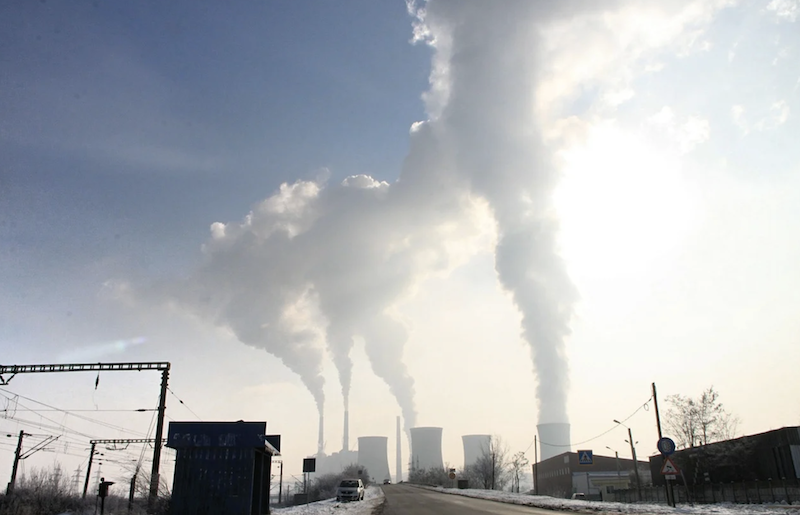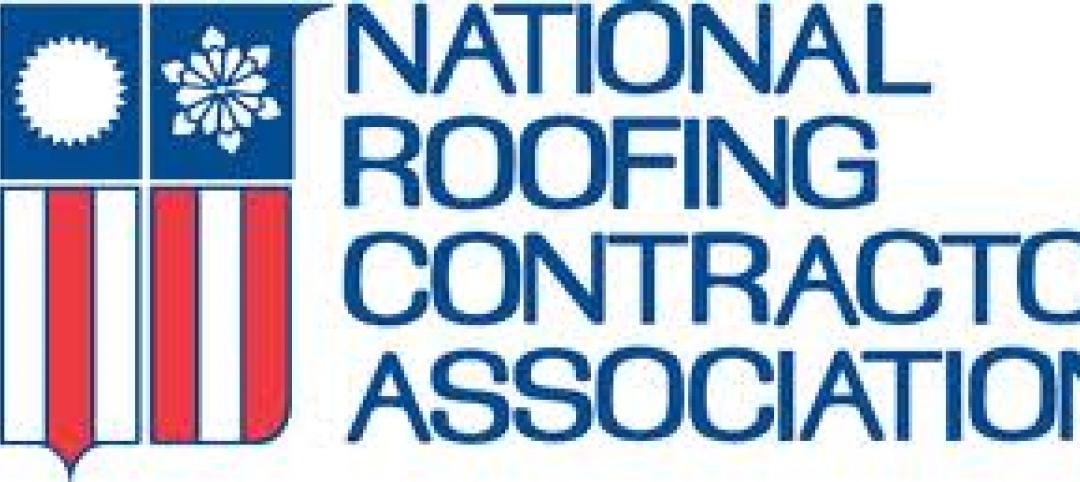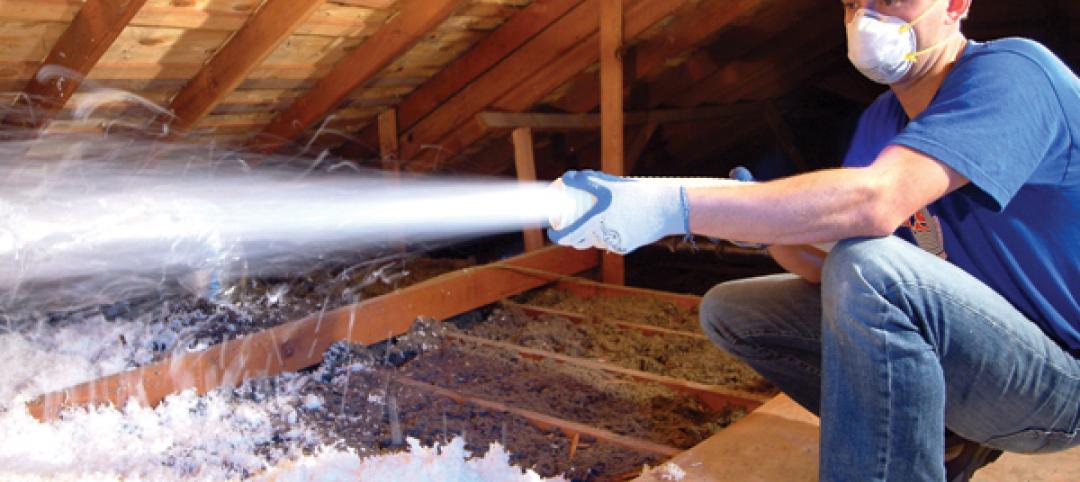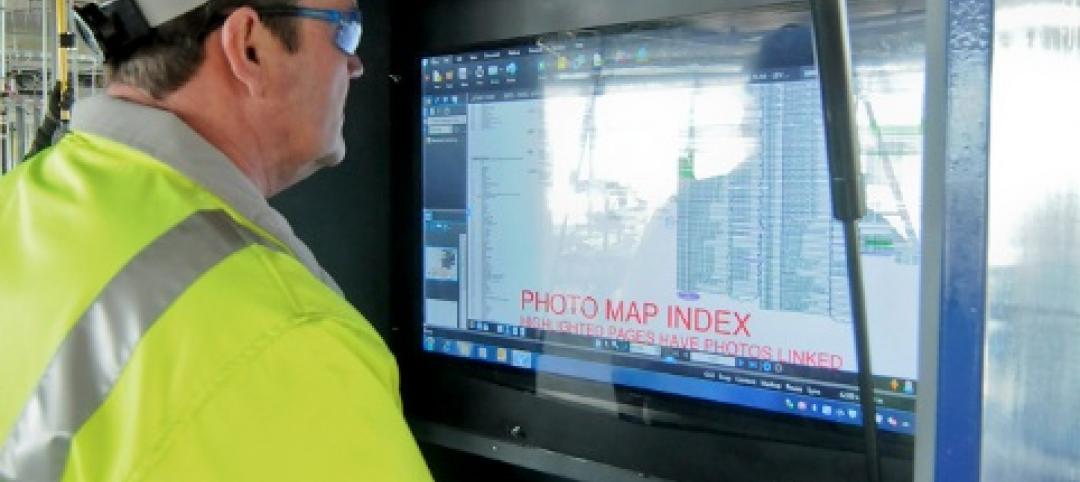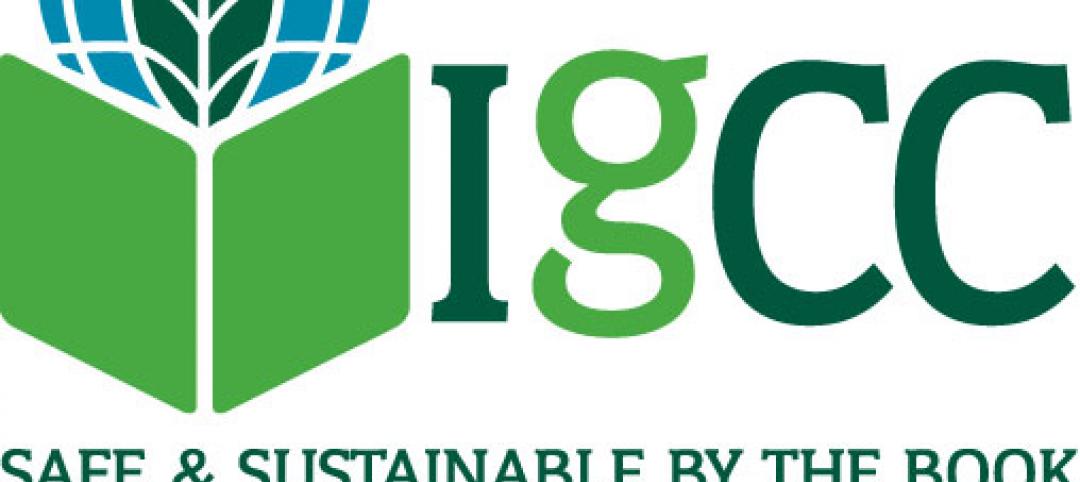Builders for Climate Action have found that embodied carbon accounted for an outsized portion of greenhouse gas emissions for new low-rise construction.
A new white paper from the group says that the carbon footprint can be significantly reduced by using conventional materials. The highest embodied carbon came from a building with high-Portland-cement concrete, and extruded polystyrene and spray-foam insulation. A typical model included concrete with some supplemental cementitious materials (SCMs), along with mineral wool insulation.
A lower-carbon alternative, called a “drawdown building” incorporated high-SCM concrete, and cellulose and wood fiber insulation. The carbon-storing model included:
· Insulated concrete forms with high-SCM concrete
· Expanded glass sub-grade insulation
· Straw and wood fiberboard insulation
· Wood cladding
· Compressed straw panel interior walls
· ReWall interior finishes
· Wood windows
· Linoleum and Forest Stewardship Council-certified softwood flooring
· Cedar shake roofing
An energy-efficient drawdown building located in Toronto and using renewable grid electricity would avoid 614 metric tons of carbon emissions over 30 years, according to the report. One caveat: Drawdown buildings rely heavily on wood products, and there are emerging questions about whether wood is universally a carbon-storing material.
Related Stories
| Dec 29, 2011
OSHA enforcing new fall hazard standards
OSHA is enforcing its new fall protection standards, as evidenced by a recent crackdown in New York.
| Dec 29, 2011
NRCA offers program on new fall-protection requirements
The National Roofing Contractors Association's (NRCA's) program "Roofing Industry Fall Protection from A to Z" will be held Feb. 21 during the organization's 125th Annual Convention.
| Dec 29, 2011
Decision not to fireproof the new World Trade Center Transportation Hub criticized
Some criticized the decision, reasoning that the structure could be a terrorist target.
| Dec 29, 2011
Seismic safety in question at thousands of California public schools
California regulators responsible for enforcing earthquake safety laws have failed to certify more than 16,000 construction projects in California public schools, increasing the risk that some projects may be unsafe, according to a state audit report.
| Dec 29, 2011
GreenWizard offers cloud-based LEED credit management, assessment
The company recently began offering companies the ability to run assessments for design credits, in addition to traditional product-specific LEED credits.
| Dec 22, 2011
Federal home weatherization program has impacted 6.8 million homes
More than 6.8 million homes have been weatherized using federal, state, utility, and other funds under the American Recovery and Reinvestment Act.
| Dec 22, 2011
Group developing BIM data standards
A collaboration among Georgia Tech’s Digital Building Lab, the Precast Concrete Institute, the American Concrete Institute, and the American Institute of Steel Construction aims to develop global standards for transportation of three-dimensional digital models among fabricator, architecture, engineering, and construction groups.
| Dec 22, 2011
New green code spells out thermal requirement for roof retrofits
The 2012 International Green Construction Code (IgCC) includes a straightforward approach to minimum thermal requirements for roof and wall systems.
| Dec 22, 2011
AGC’s safety conference Jan. 11-13 in San Antonio
The Associated General Contractors of America’s national meeting for safety and health professionals will take place Jan. 11-13, 2012 in San Antonio, TX.
| Dec 22, 2011
Proposed New York City zoning revamp encourages rooftop solar and wind energy
New zoning regulation proposals to make it easier for building owners in New York City to make their structures more sustainable have entered the public approval process.


